Doshing Exim, Near Maruti Mandir, Pimplad, Nashik
Products
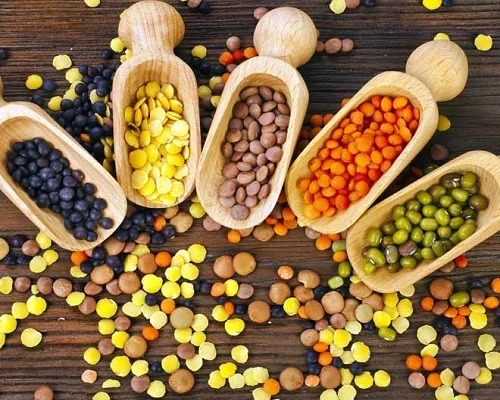
Dal & Pulses
- Doshingexim Export Import Pvt. Ltd is a world-class Grocery exporter in India. We have been manufacturing top quality product for our customers.
- Our best quality products have helped us gain the reputation of being one of the grocery exporters in India. Our customers have continuously demanded and expected a lot from us. They look up to us for more variety and we never let them down.
- We know how much people love and value food.Therefor we have many Grocery Products like, Wheat flour, Dal/Lentils & Legumes, Coffee + TEA and Sugar, all Spices, Pasta, Noodles, Breakfast and Snack , Sauces / Masala /Paste, Cooking oil, Dairy & Eggs many more. We have a wide portfolio of products; therefore, you will get a lot of items from this one place.
Dal & Pulses
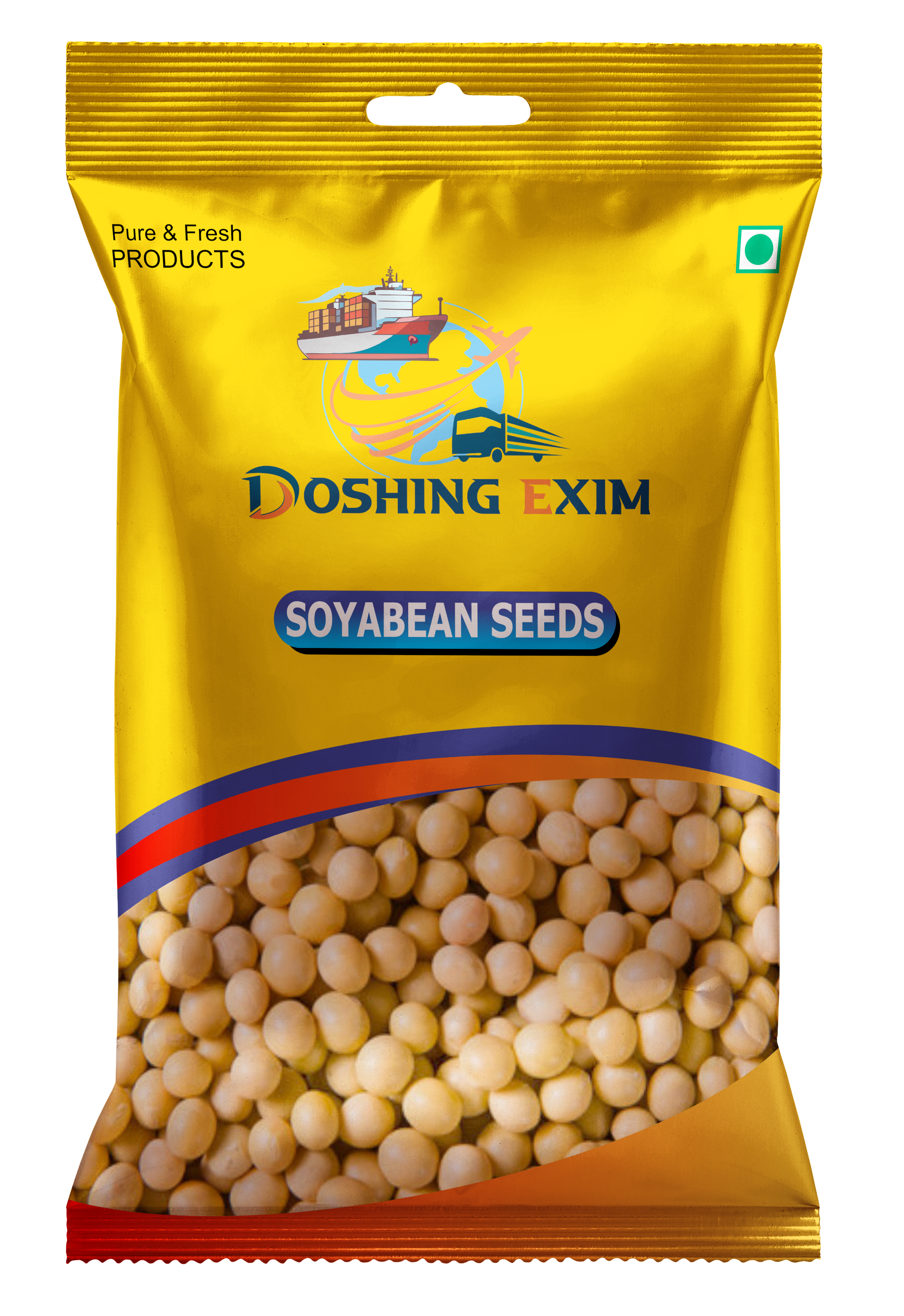
Soyabean Seeds
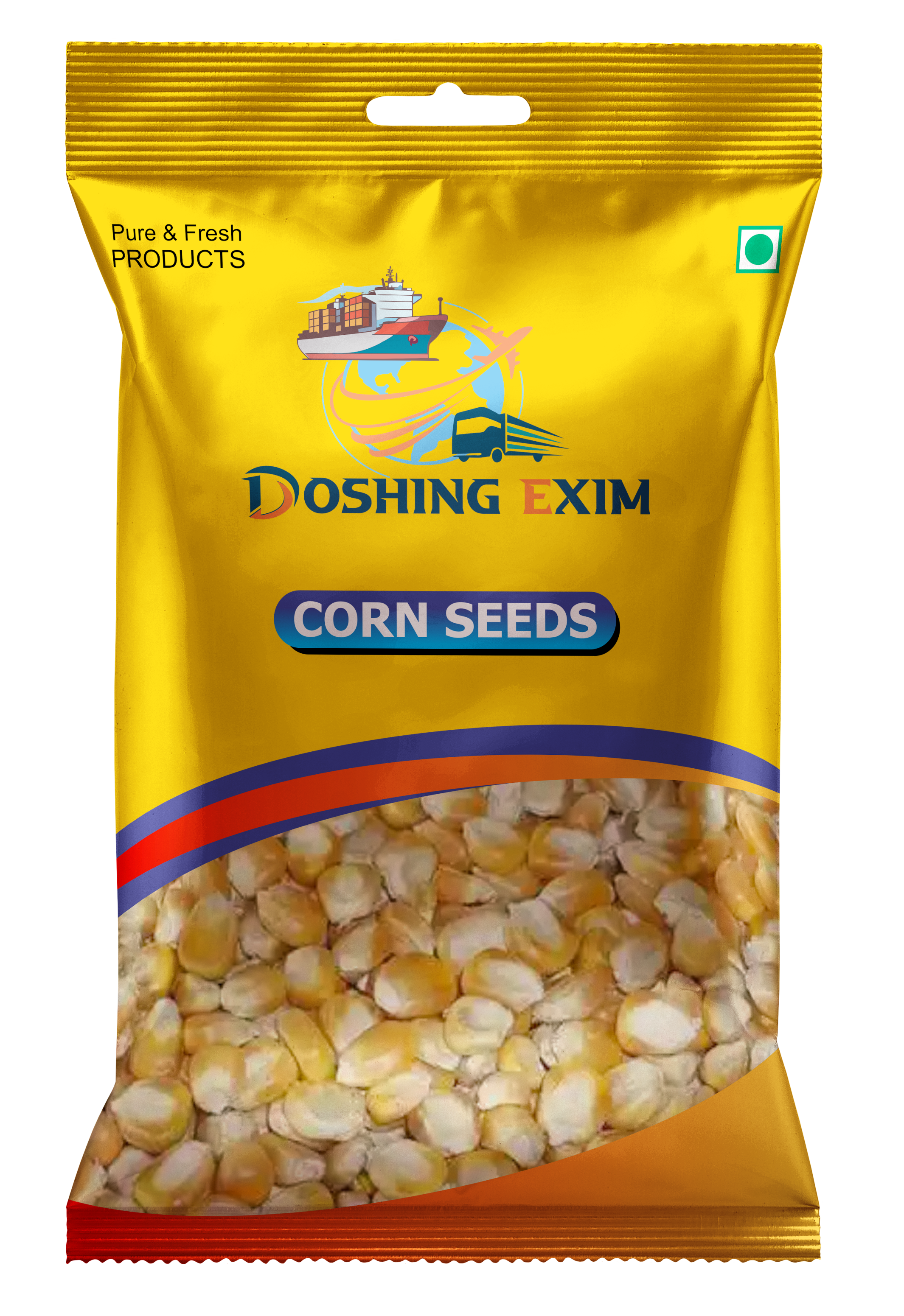
Corn Seeds
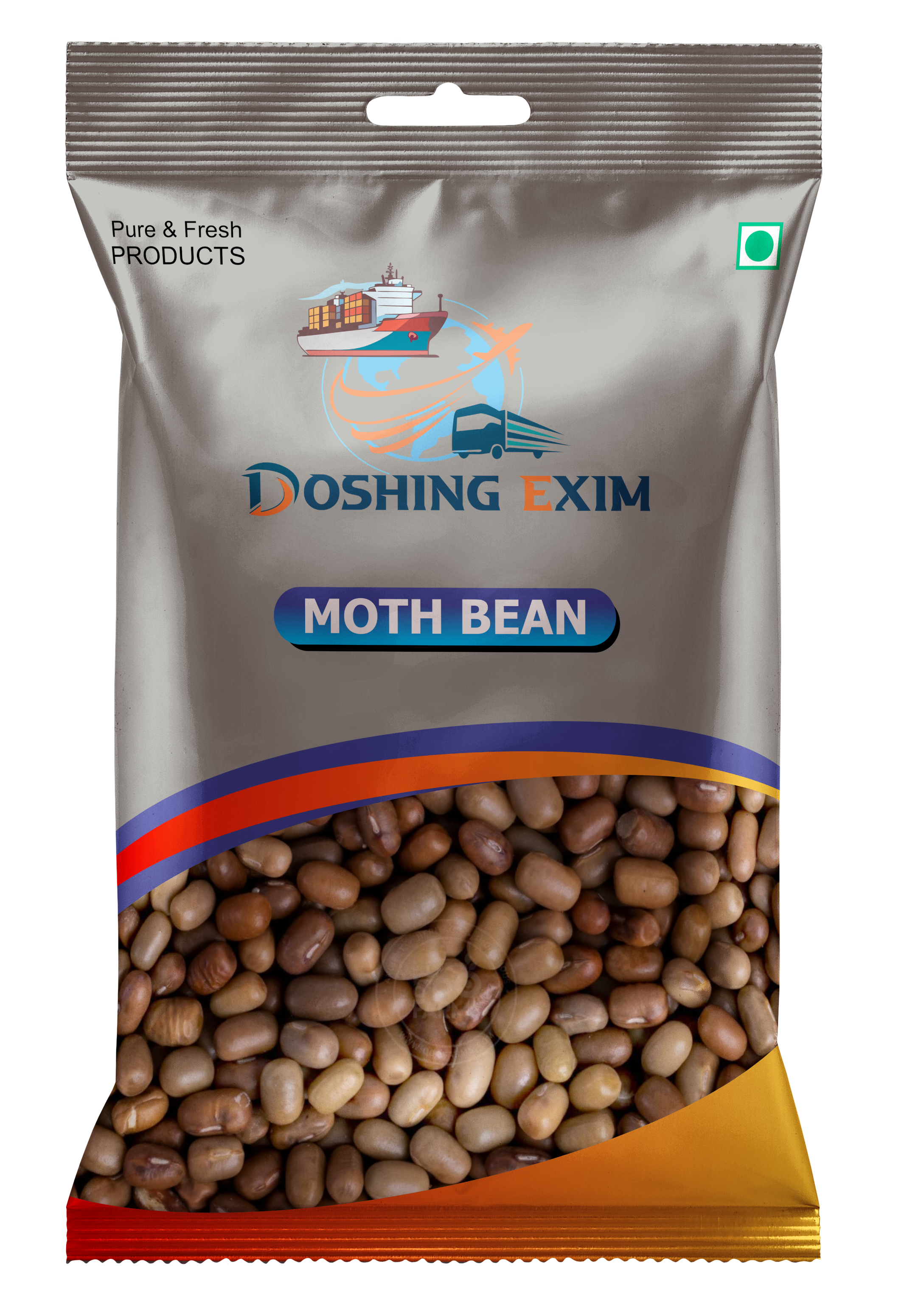
Moth Bean
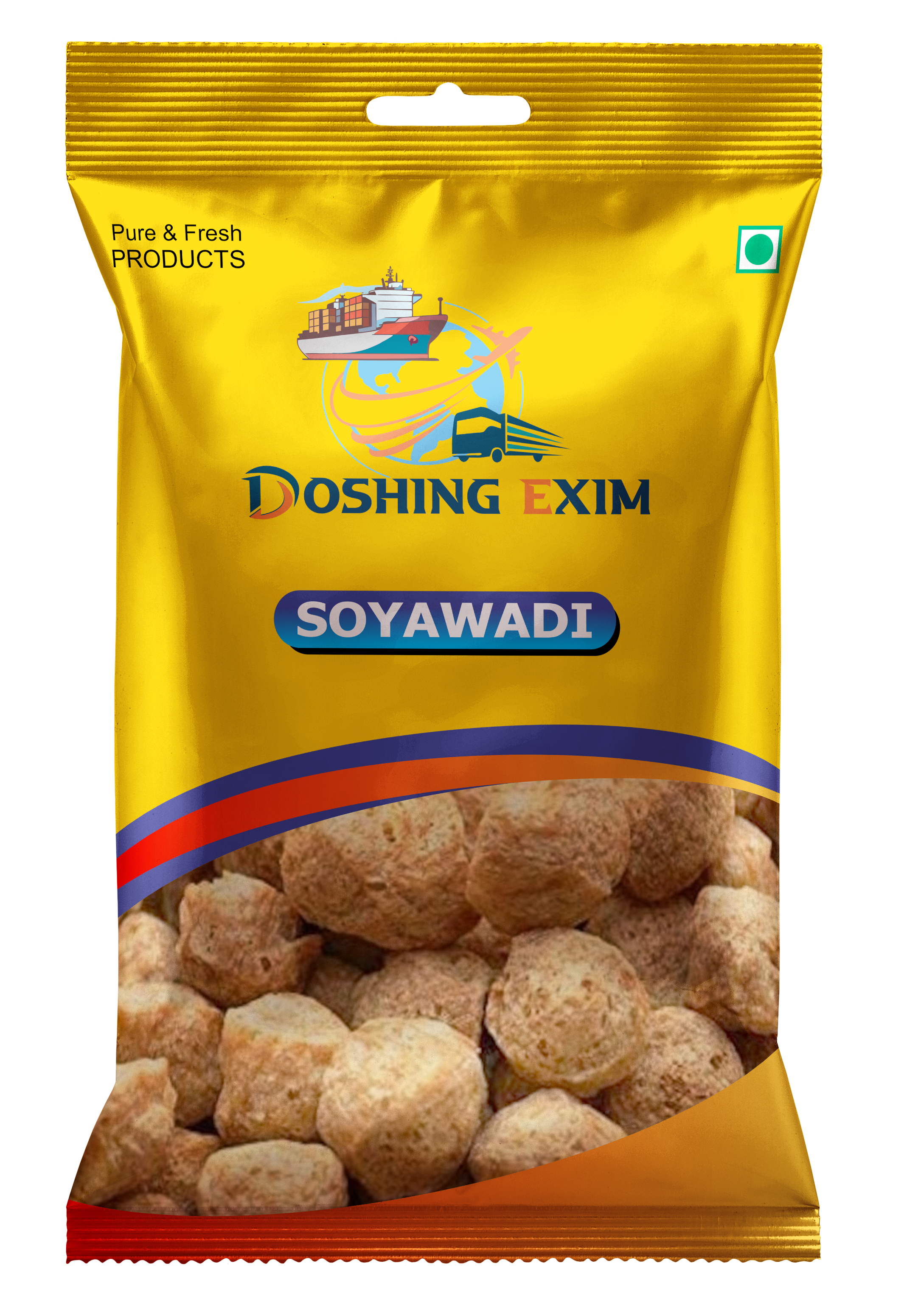
Soya Chunks
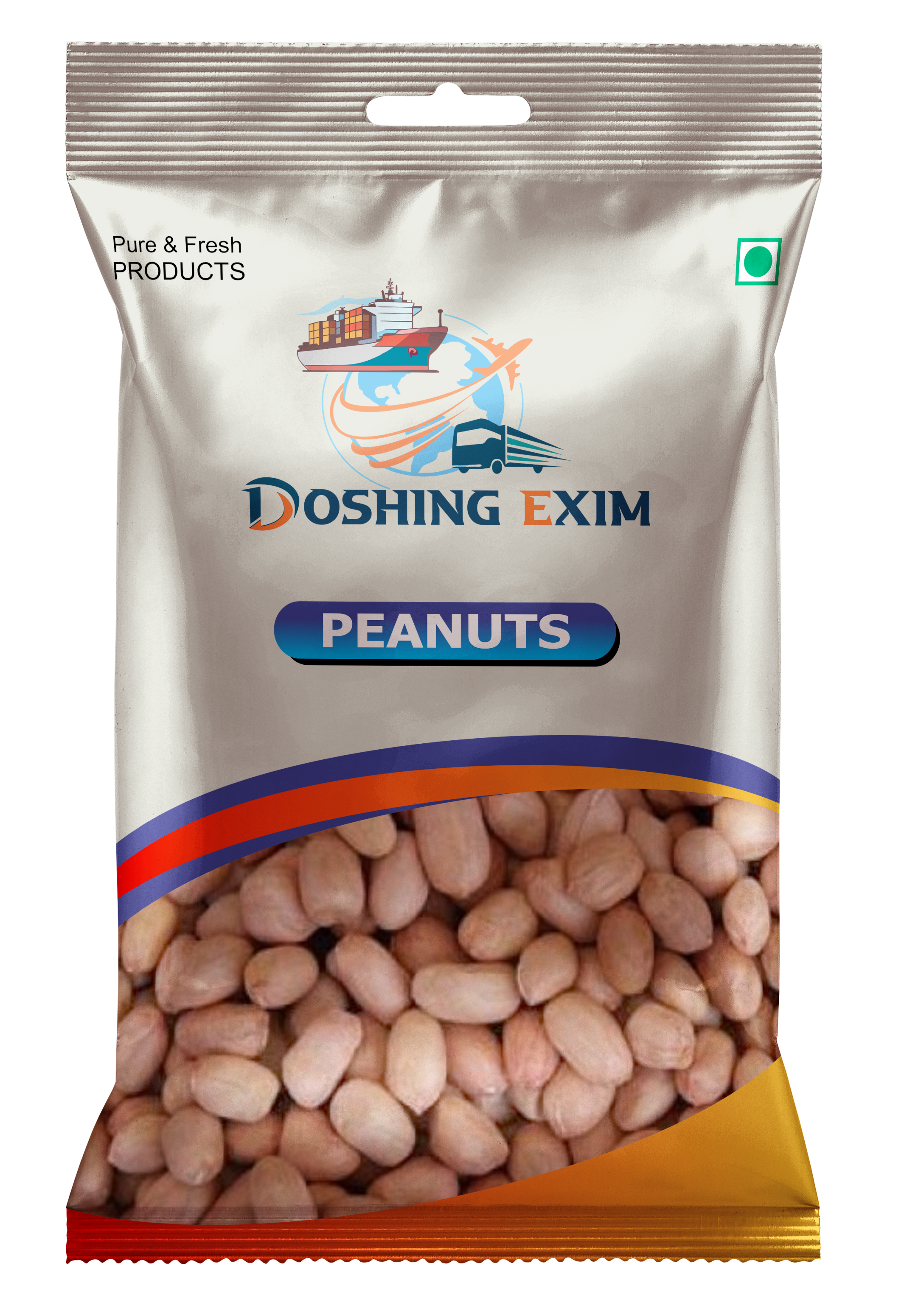
Peanuts
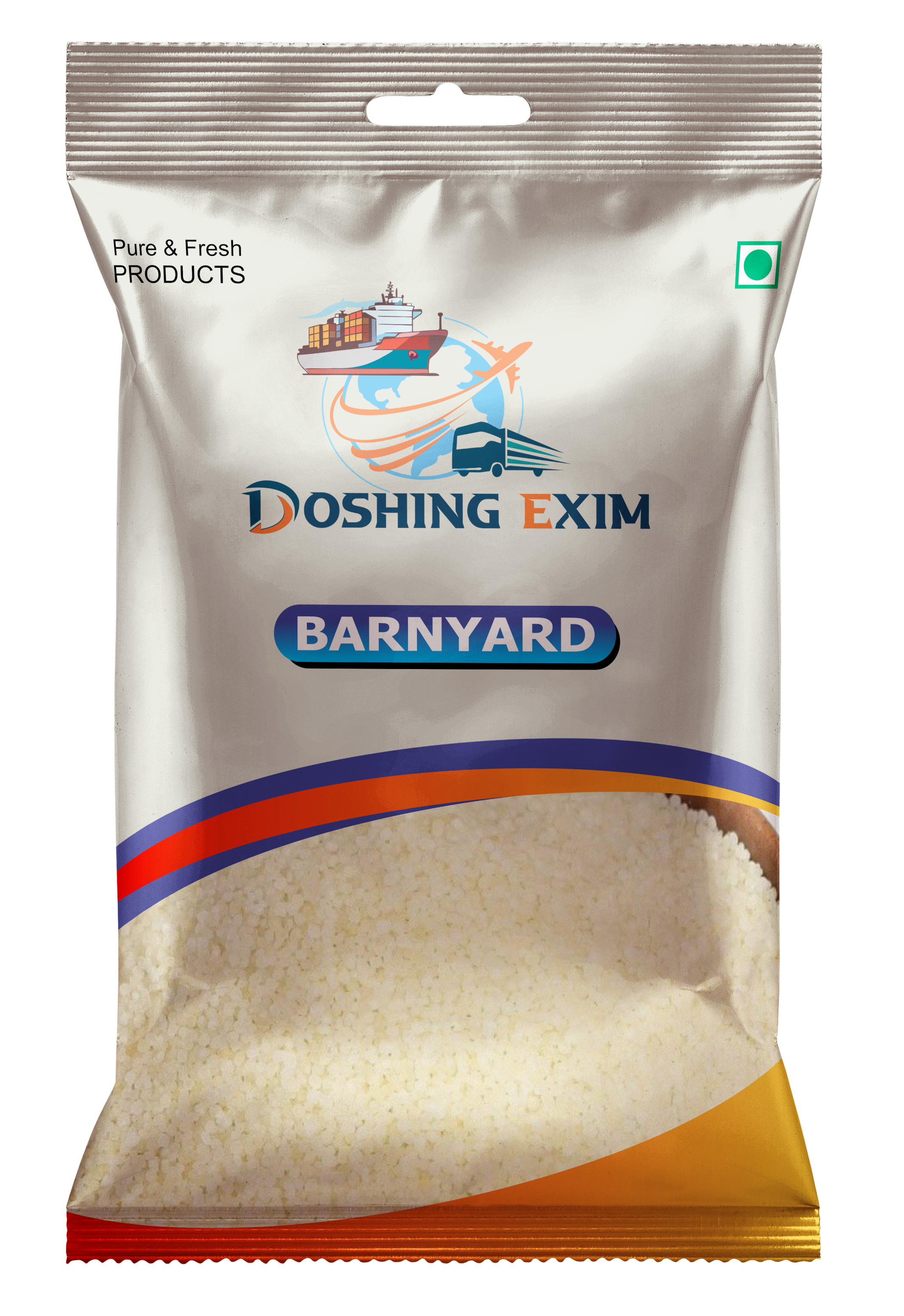
Barnyard

Sago
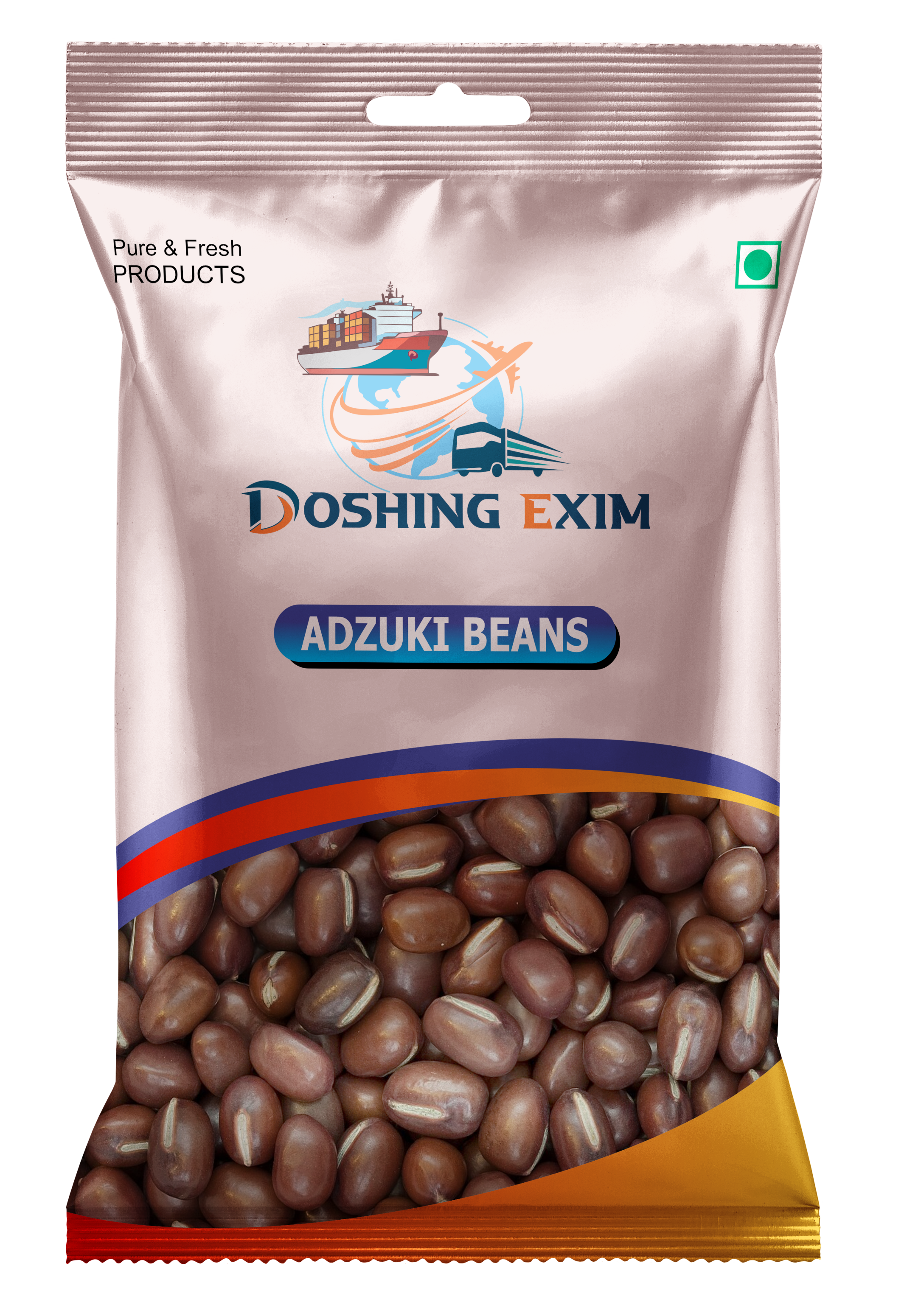
Adzuki Beans
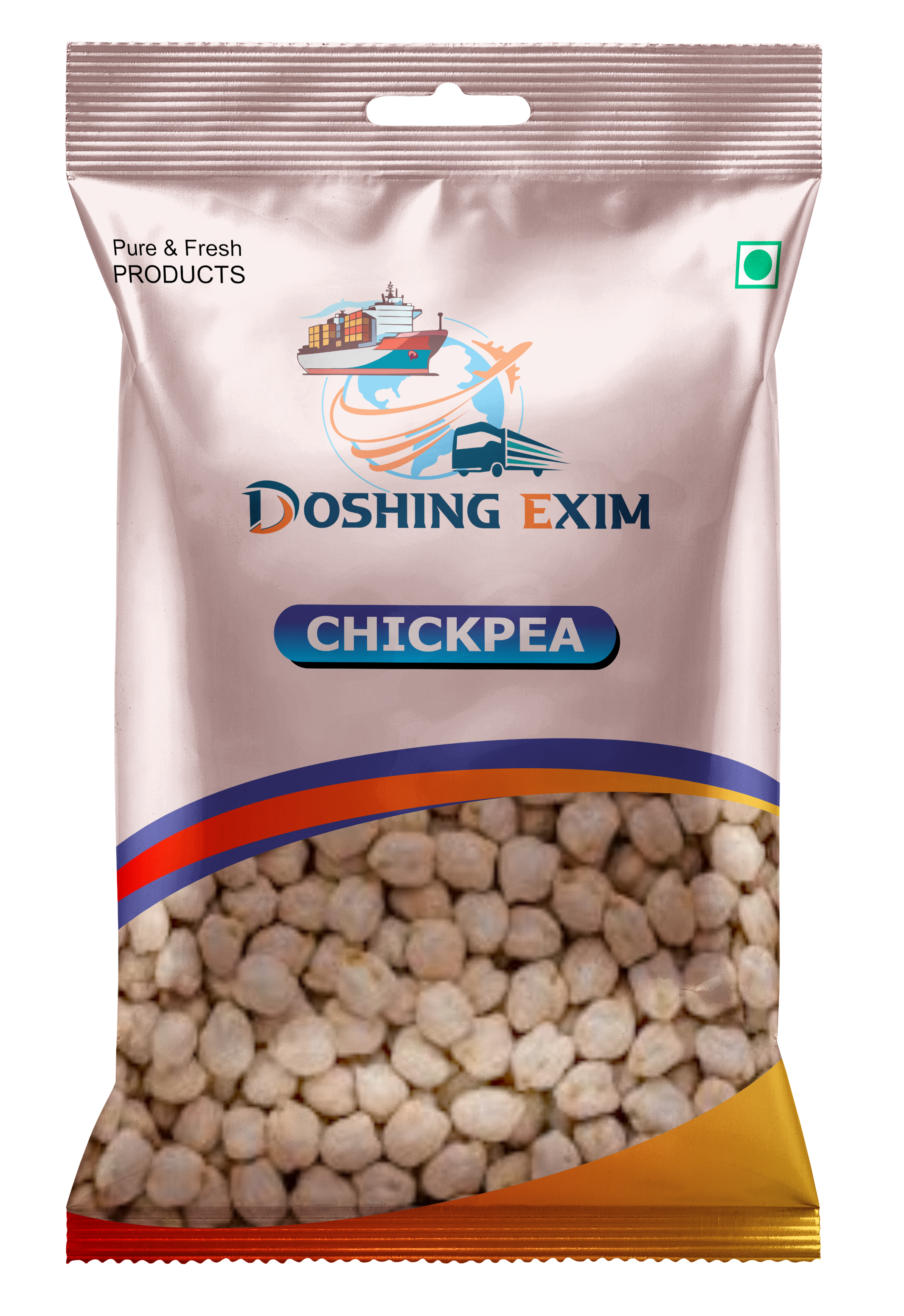
Chickpea

Mung Beans

Black Uddit Dal
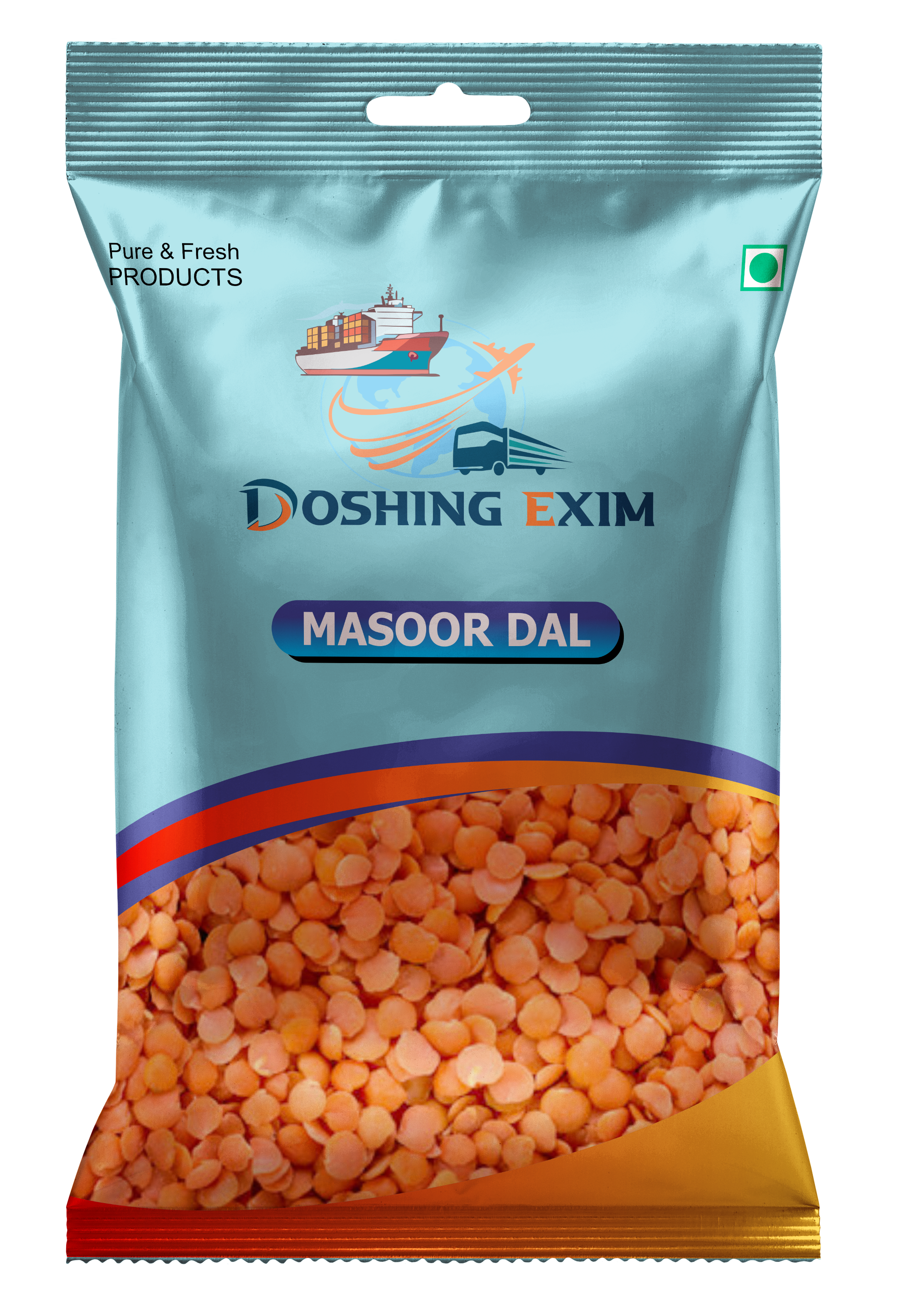
Masoor dal
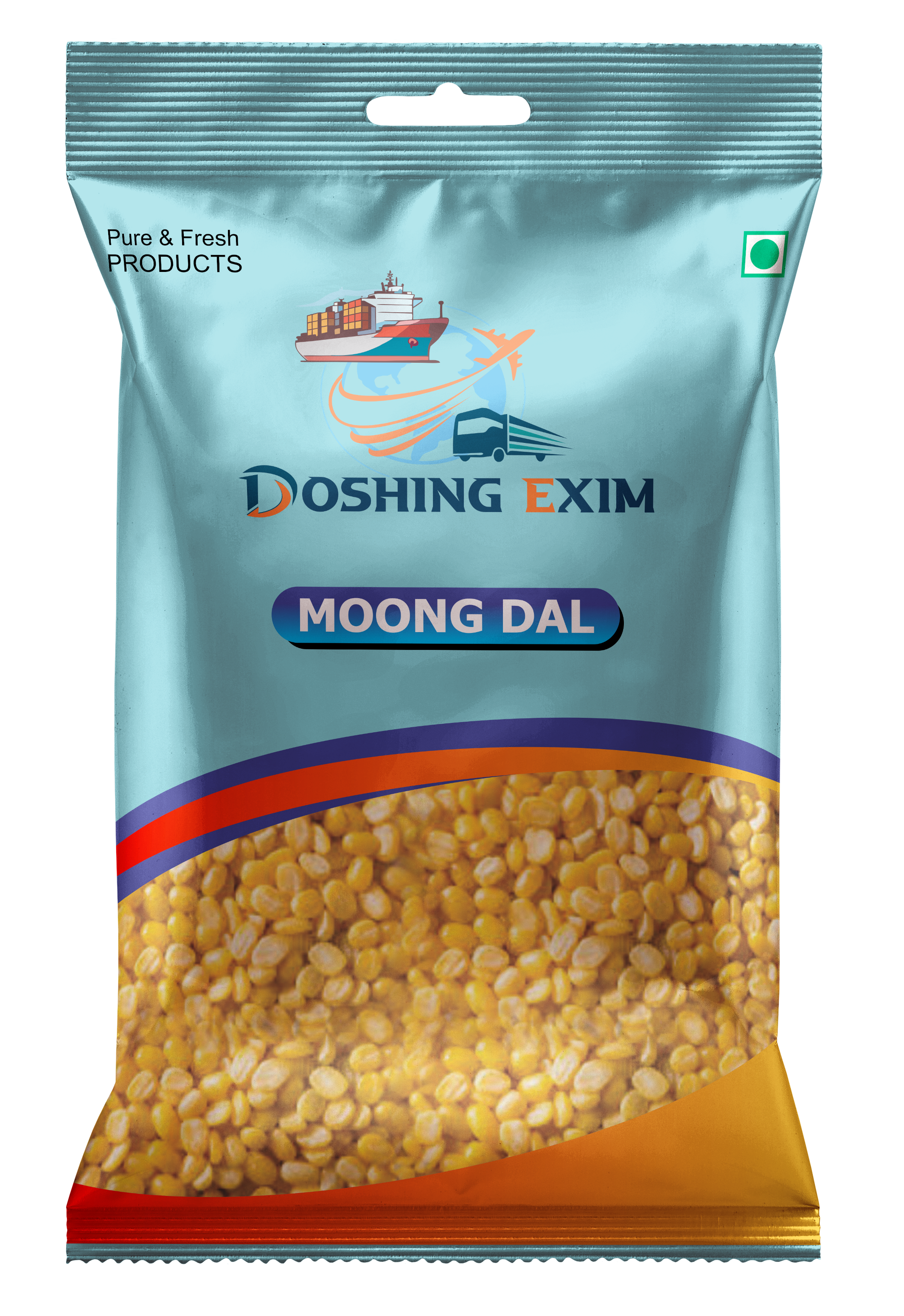
Moog Dal

Toordal

White Uddit Dal
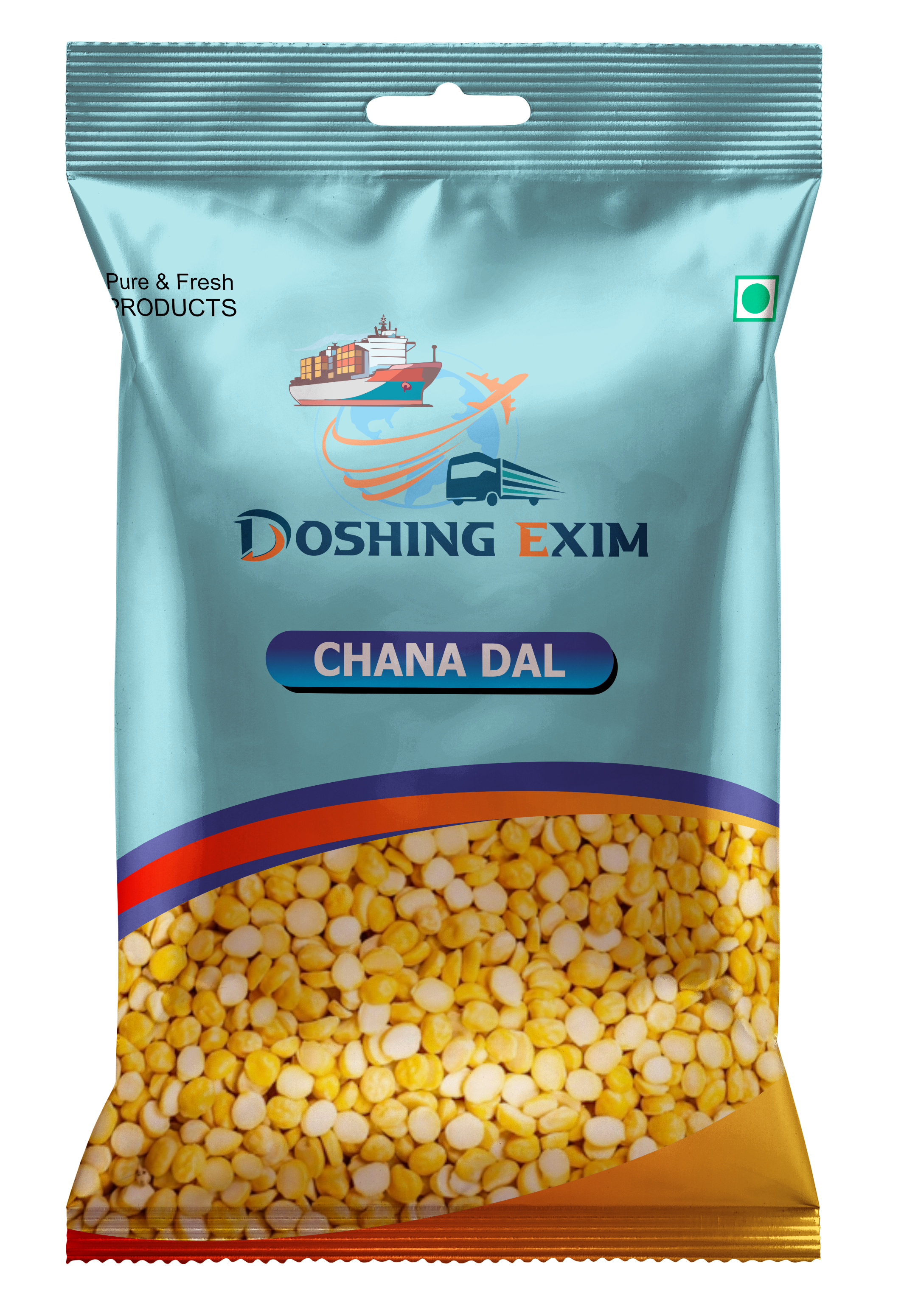
Channa Dal
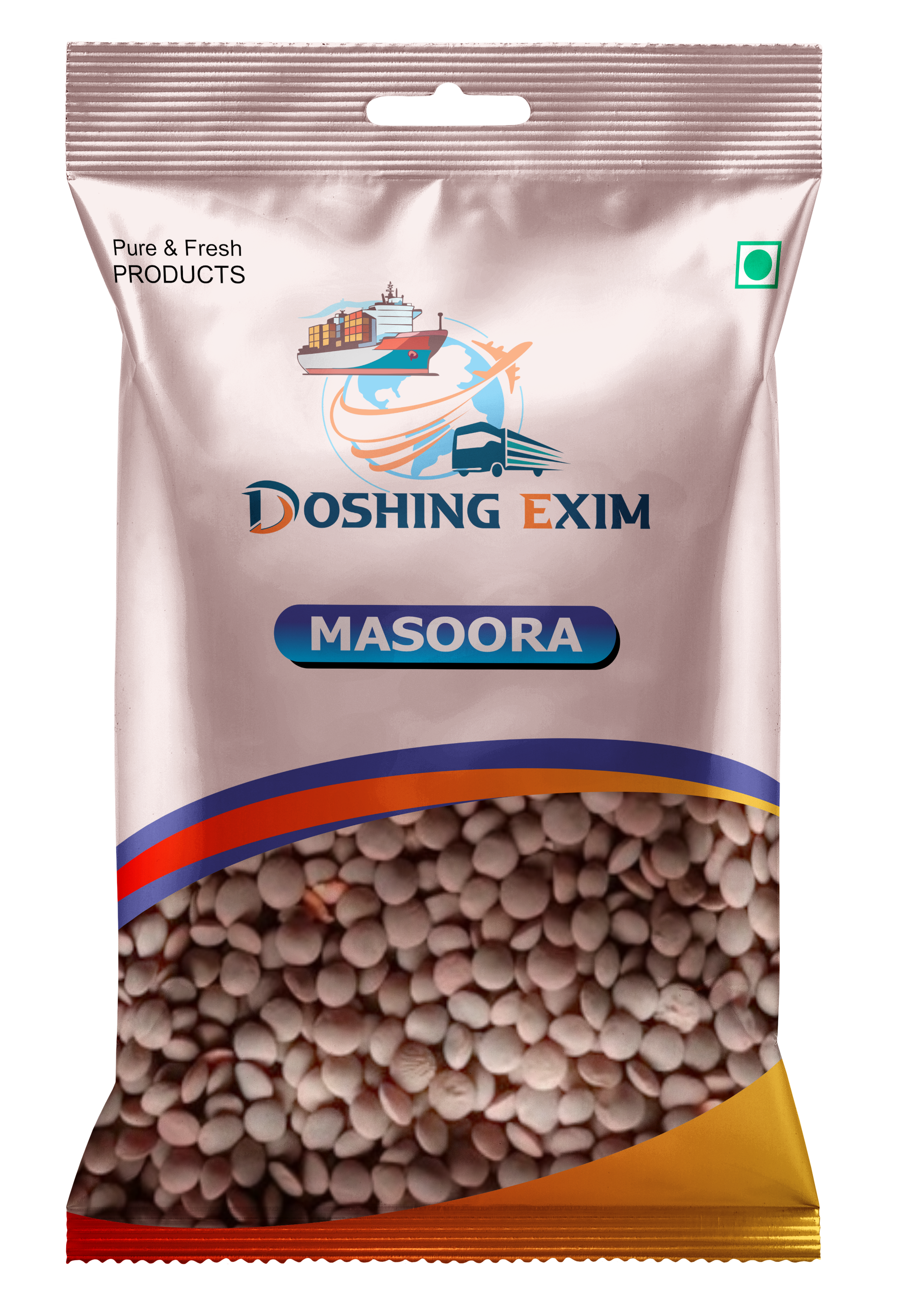
Masoora
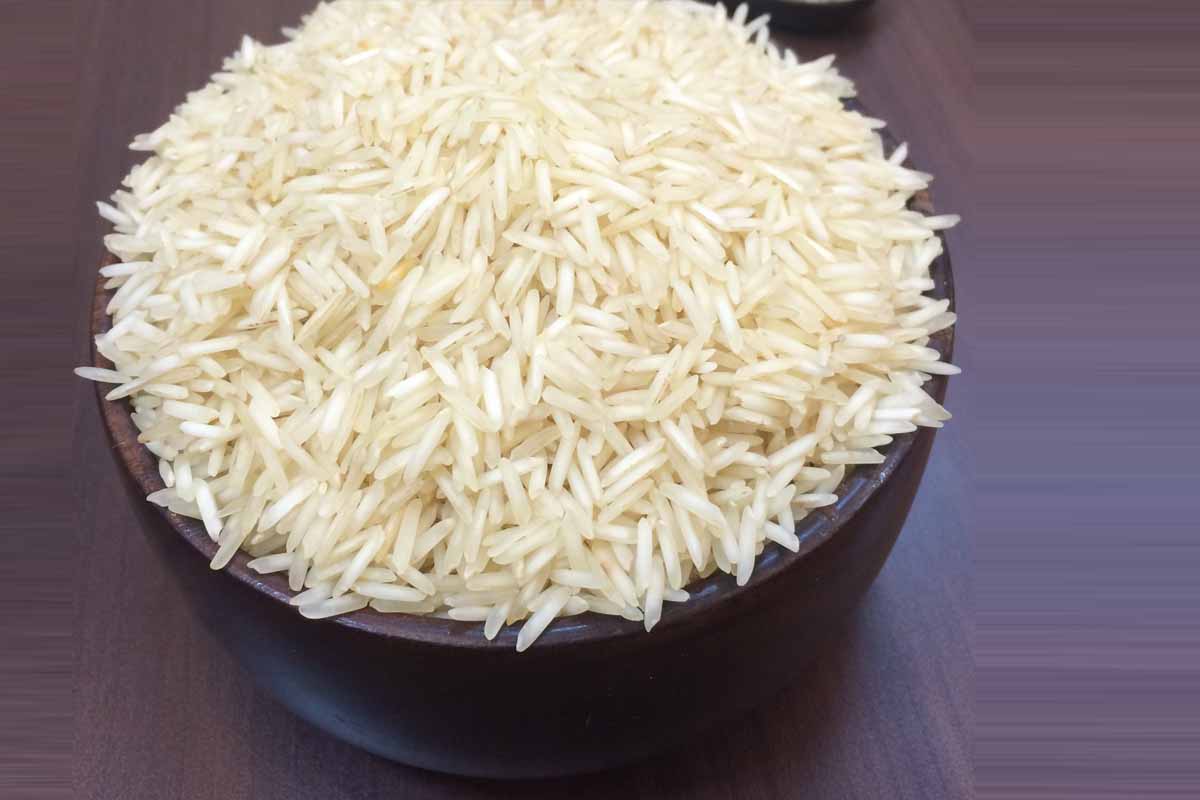
Rice
Rice is one of the chief grains of India. Moreover, this country has the largest area under rice cultivation. As it is one of the principal food crops. It is the dominant crop of the country. India is one of the leading producers of this crop. Rice is the basic food crop and being a tropical plant, it flourishes comfortably in a hot and humid climate. Rice is mainly grown in rain-fed areas that receive heavy annual rainfall. That is why it is fundamentally a kharif crop in India. It demands a temperature of around 25 degrees Celsius and above, and rainfall of more than 100 cm (39 in). Rice is also grown through irrigation in those areas that receive less rainfall.[citation needed] Rice is the staple food of eastern and southern parts of India
Rice
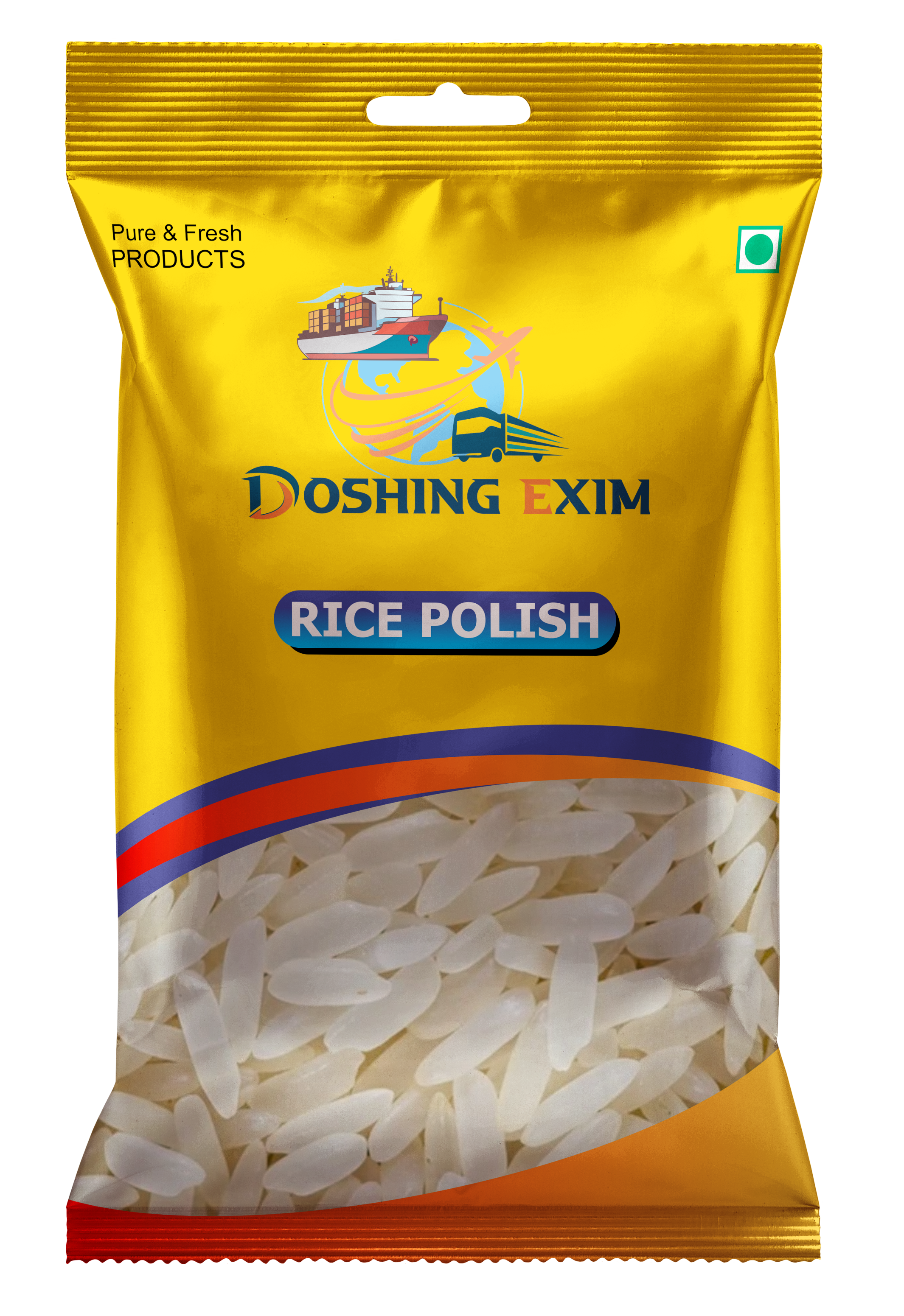
Rice Polish

Poha

Basmati

Non Basmati
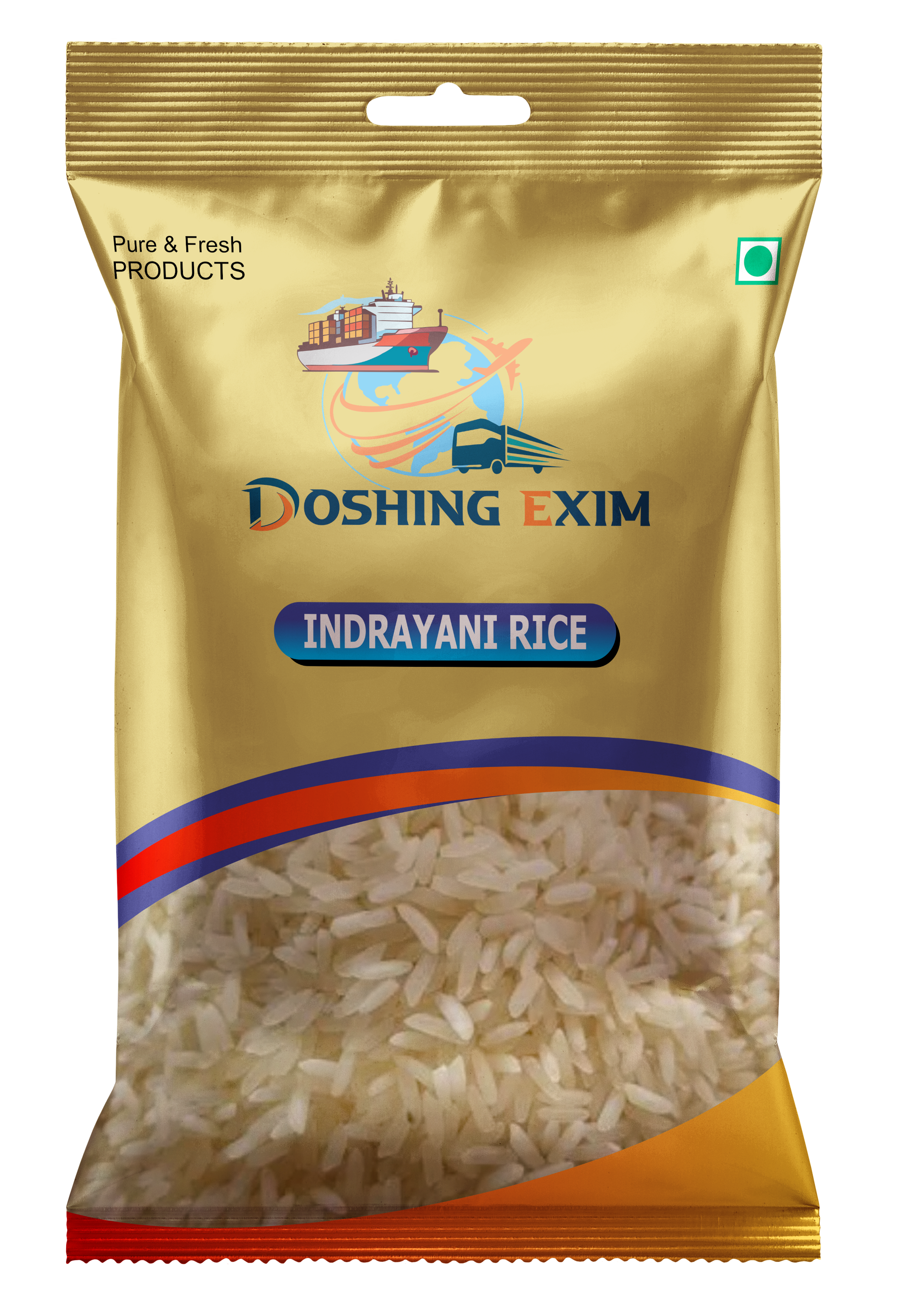
Indrayani Rice
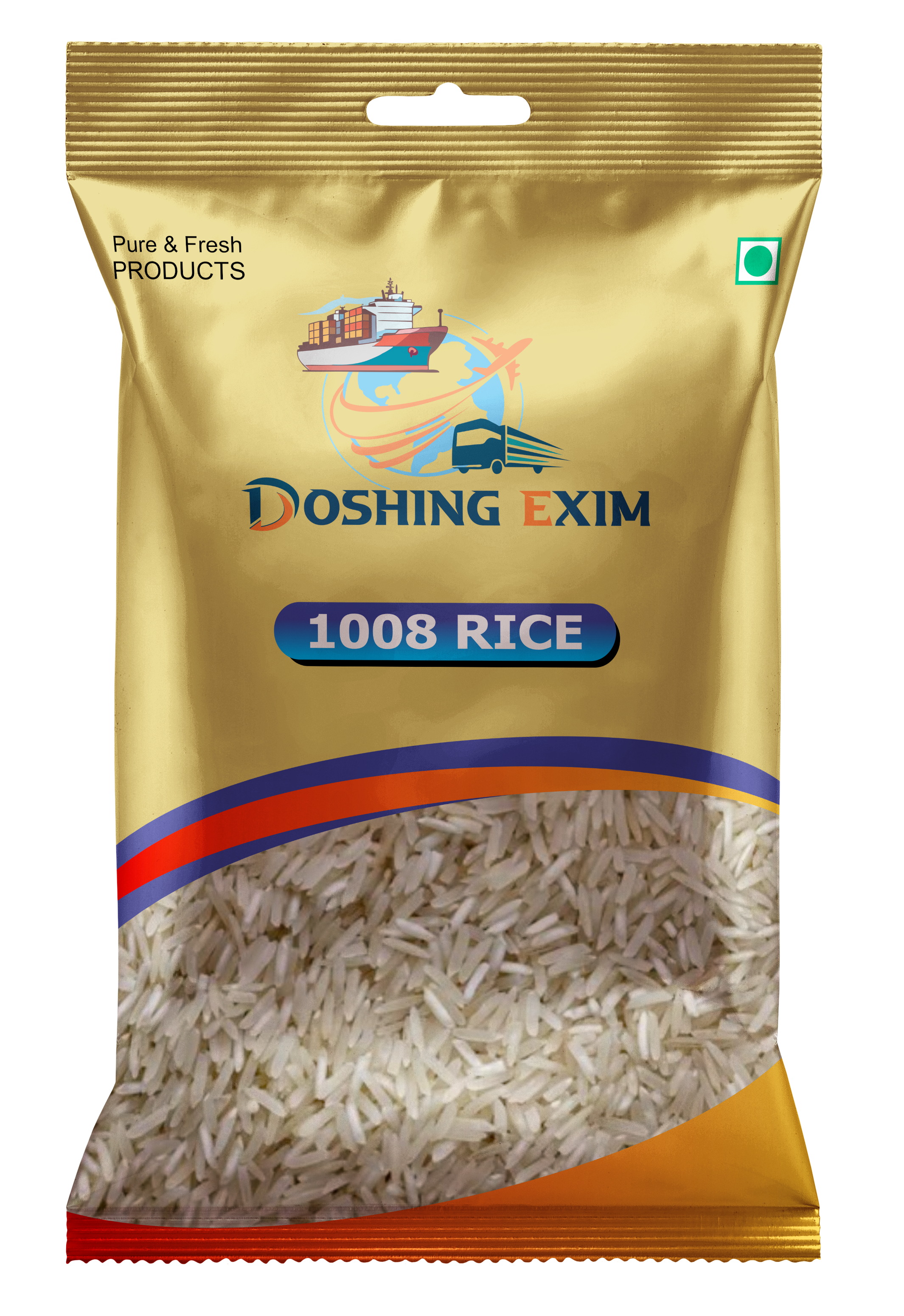
Rice 1008

Flour
Wheat flour is a powder made from the grinding of common wheat used for human consumption. Wheat varieties are called "soft" or "weak" if gluten content is low, and are called "hard" or "strong" if they have high gluten content. Hard flour, or bread flour, is high in gluten, with 12% to 14% gluten content, and its dough has elastic toughness that holds its shape well once baked. Soft flour is comparatively low in gluten and thus results in a loaf with a finer, crumbly texture.[3] Soft flour is usually divided into cake flour, which is the lowest in gluten, and pastry flour, which has slightly more gluten than cake flour.
Flour

Sooji

Rava

Ragi Atta

Jawar Flour

Wheat Flour

Corn Flour

Bajara Atta
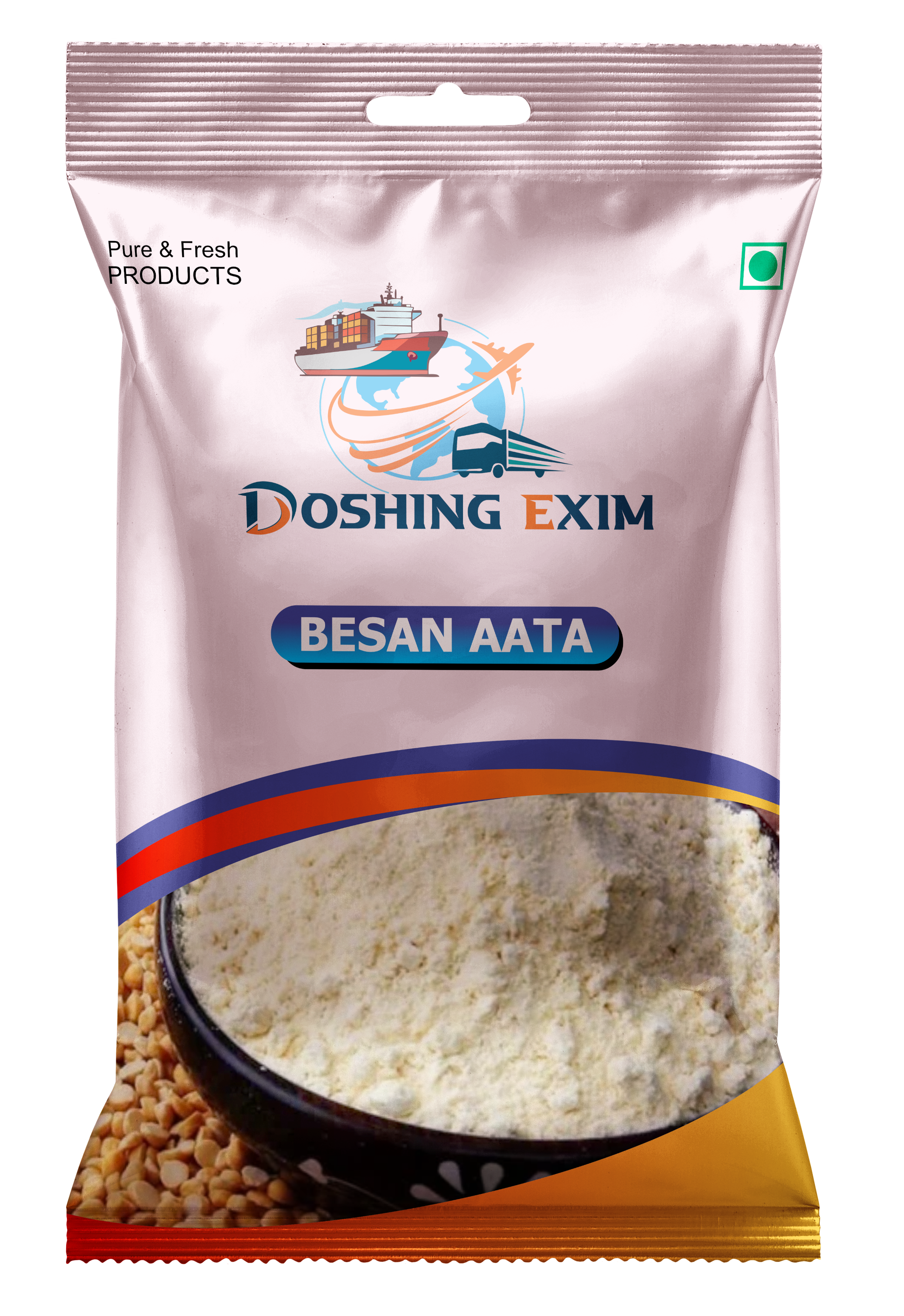
Besan Atta
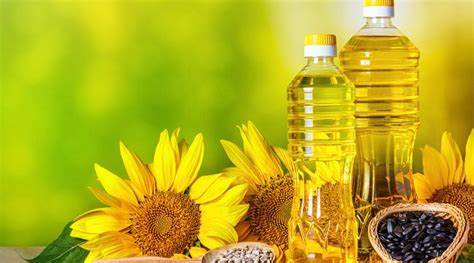
OIL & Ghee
- Cooking oil (also known as edible oil) is a plant or animal liquid fat used in frying, baking, and other types of cooking. Oil allows higher cooking temperatures than water, making cooking faster and more flavorful, while likewise distributing heat, reducing burning and uneven cooking. It sometimes imparts its own flavor. Cooking oil is also used in food preparation and flavoring not involving heat, such as salad dressings and bread dips.
- Cooking oil is typically a liquid at room temperature, although some oils that contain saturated fat, such as coconut oil, palm oil and palm kernel oil are solid.[1]
- There are a wide variety of cooking oils from plant sources such as olive oil, palm oil, soybean oil, canola oil (rapeseed oil), corn oil, peanut oil, sesame oil, sunflower oil and other vegetable oils, as well as animal-based oils like butter and lard.
OIL & Ghee
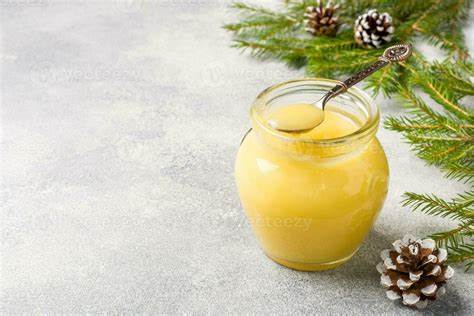
Ghee
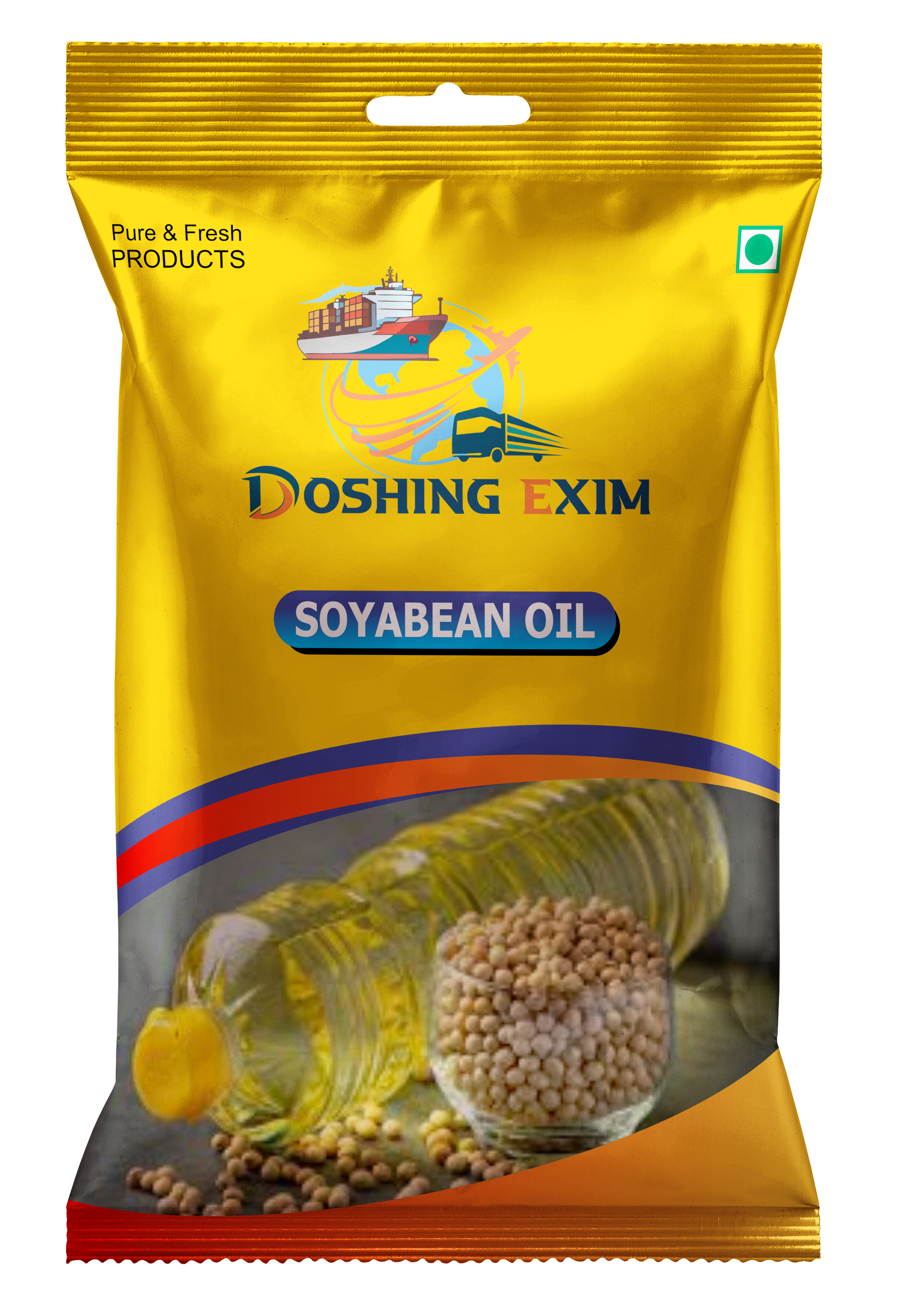
Soyabean Oil

Penut Oil
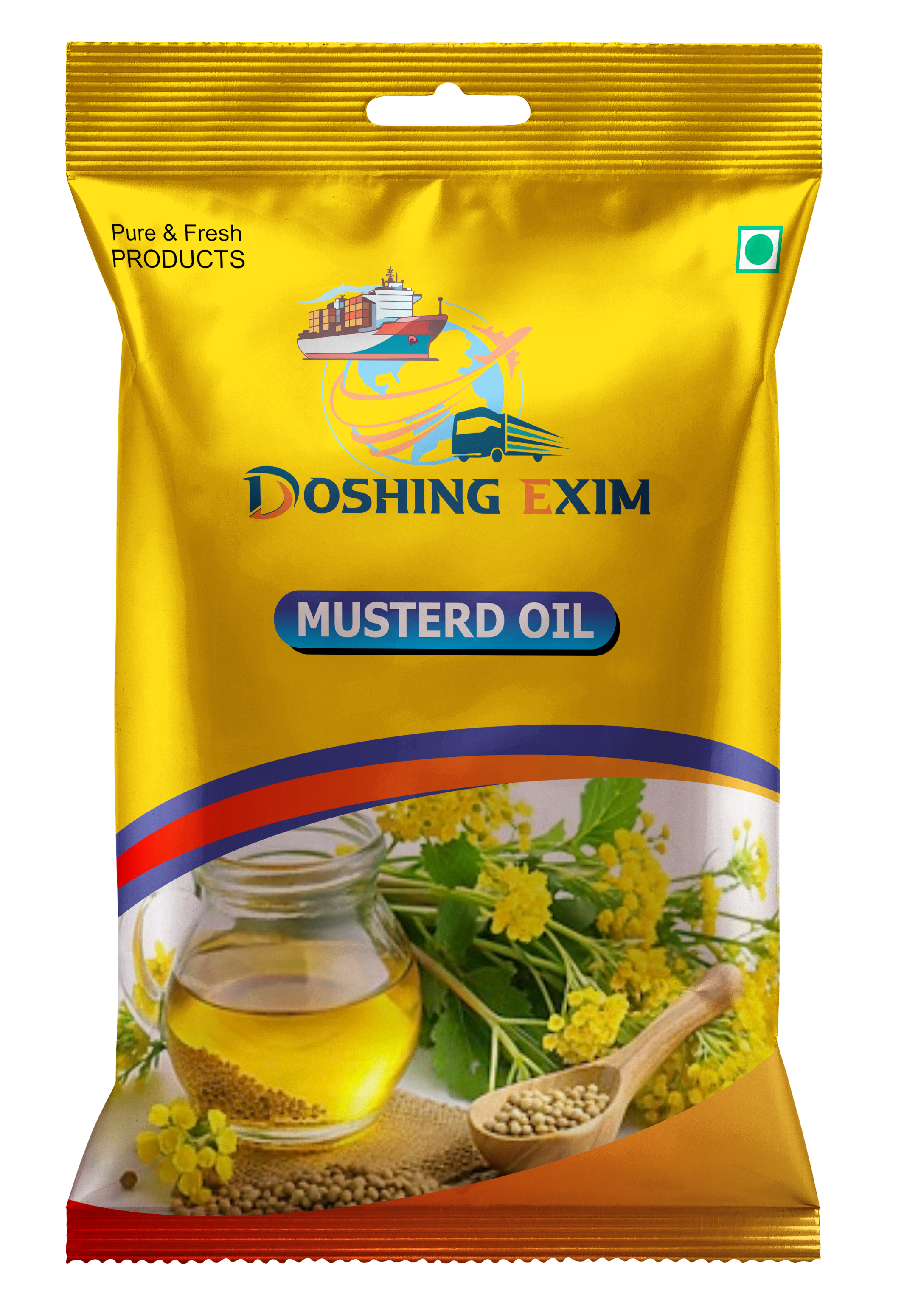
Mustard Oil

Sunflowers Oil
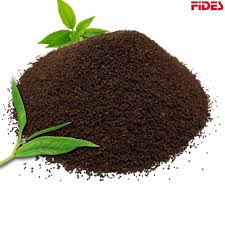
Tea & Coffee
The practice of Ayurveda has resulted in a long-standing tradition of herbal teas. Traditional Indian kitchens have long utilised the medicinal benefits[7][better source needed] offered by various plants and spices such as holy basil (Tulsi), cardamom (Elaichi), pepper (Kali Mirch), liquorice (Mulethi), mint (Pudina), etc., and traditionally, teas made with these plant leaves or spices have been in use for centuries for maladies ranging from the serious to the trifling. Tea is also mixed with these traditional herbs. The taste of chai (sweet and milky) helps disguise the stronger and more bitter flavours of some of the medicinal additives, while others such as cardamom, clove and ginger add a pleasing flavour and aroma to the tea along with health benefits
Tea & Coffee
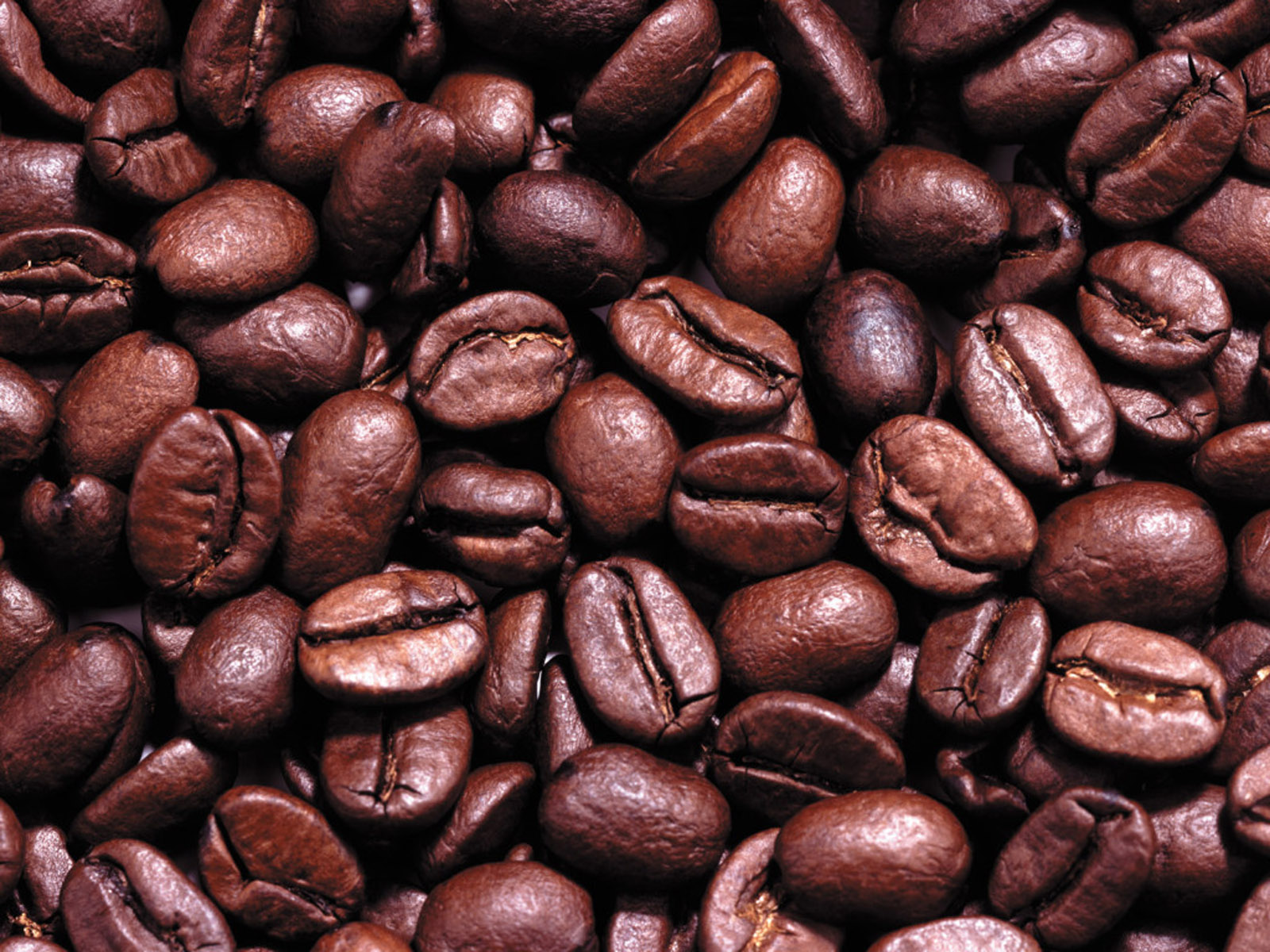
Coffee

Green Tea

Tea

Sugar, Salt & Jaggery
Jaggery is a traditional non-centrifugal cane sugar[1] consumed in the Indian subcontinent, Southeast Asia, North America,[2] Central America, Brazil and Africa.[3] It is a concentrated product of cane juice and often date or palm sap without separation of the molasses and crystals, and can vary from golden brown to dark brown in colour. It contains up to 50% sucrose, up to 20% invert sugars, and up to 20% moisture, with the remainder made up of other insoluble matter, such as wood ash, proteins, and bagasse fibres.[3] Jaggery is very similar to muscovado, an important sweetener in Portuguese, British and French cuisine.
Sugar, Salt & Jaggery

Black Jaggery

Sugar
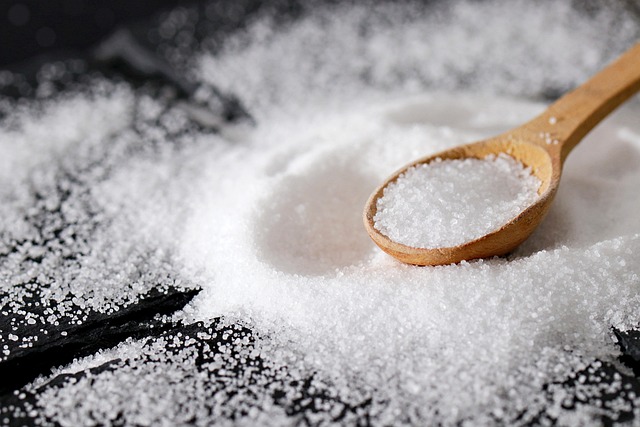
Salt
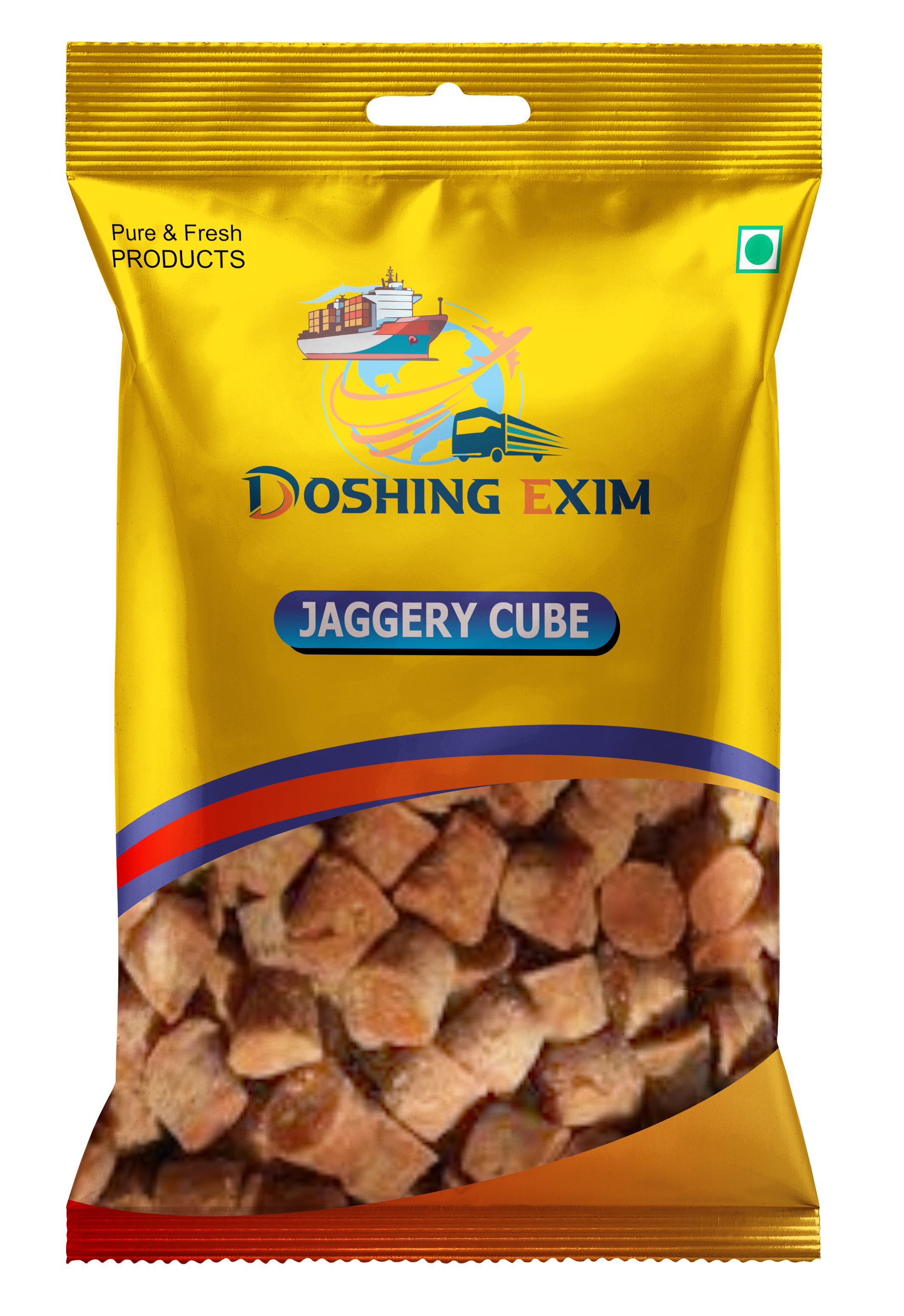
Jaggary Cube
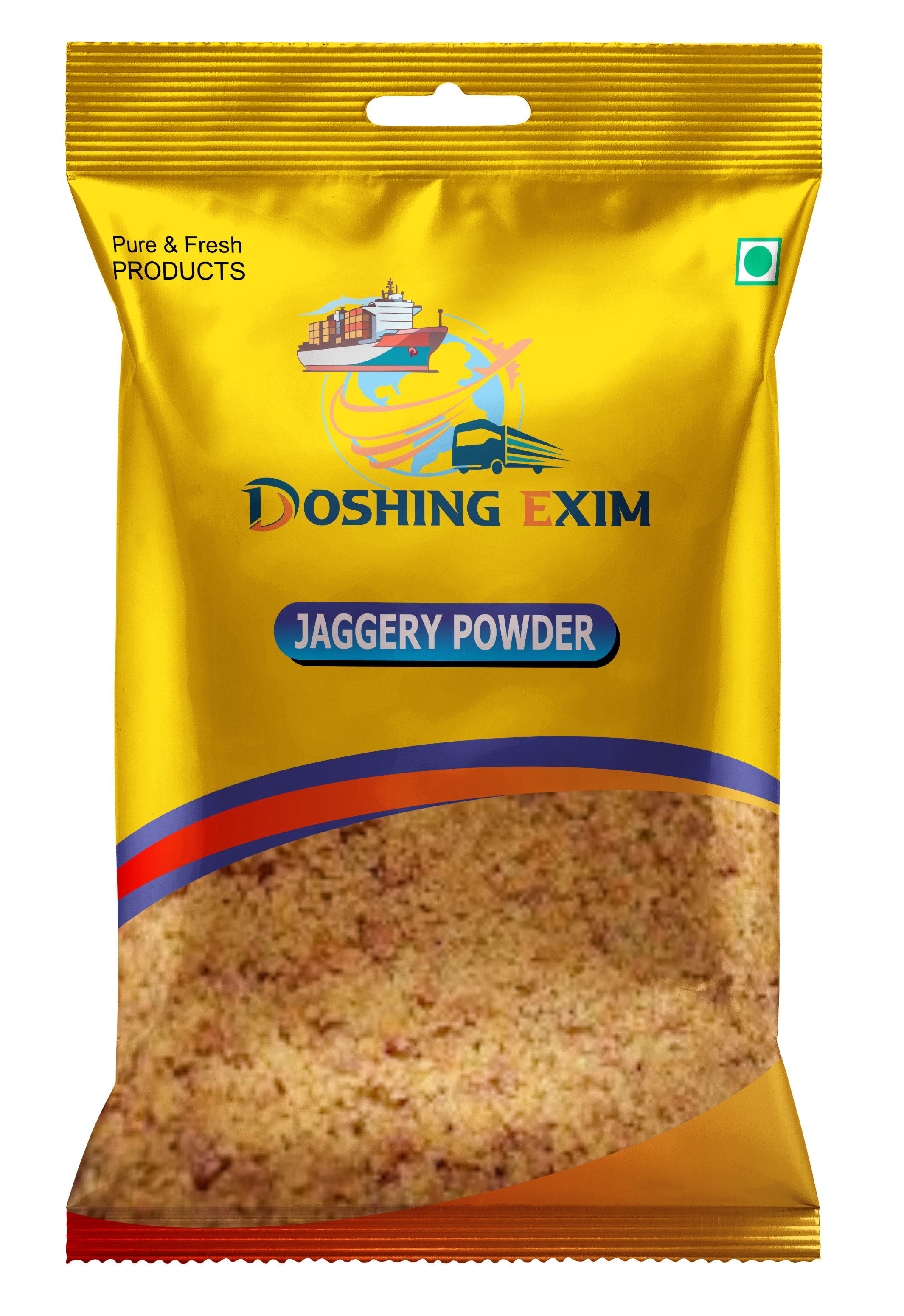
Jaggary Powder

Jaggary

Cattle Feeds
There are different systems of feeding cattle in animal husbandry. For pastured animals, grass is usually the forage that composes the majority of their diet. In turn, this grass-fed approach is known for producing meat with distinct flavor profiles. Cattle reared in feedlots are fed hay supplemented with grain, soy and other ingredients to increase the energy density of the feed. The debate[where?] is whether cattle should be raised on fodder primarily composed of grass or a concentrate. The issue is complicated by the political interests and confusion between labels such as "free range", "organic", or "natural". Cattle raised on a primarily foraged diet are termed grass-fed or pasture-raised; for example meat or milk may be called grass-fed beef or pasture-raised dairy. The term "pasture-raised" can lead to confusion with the term "free range", which does not describe exactly what the animals eat.
Cattle Feeds

Rice Polish

